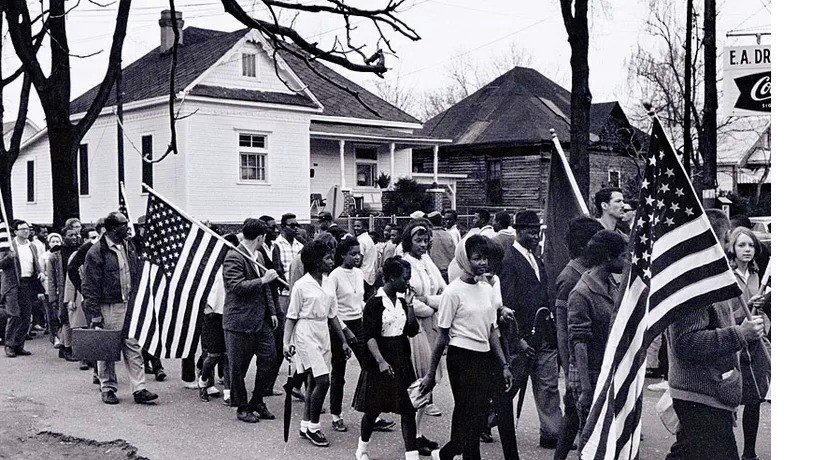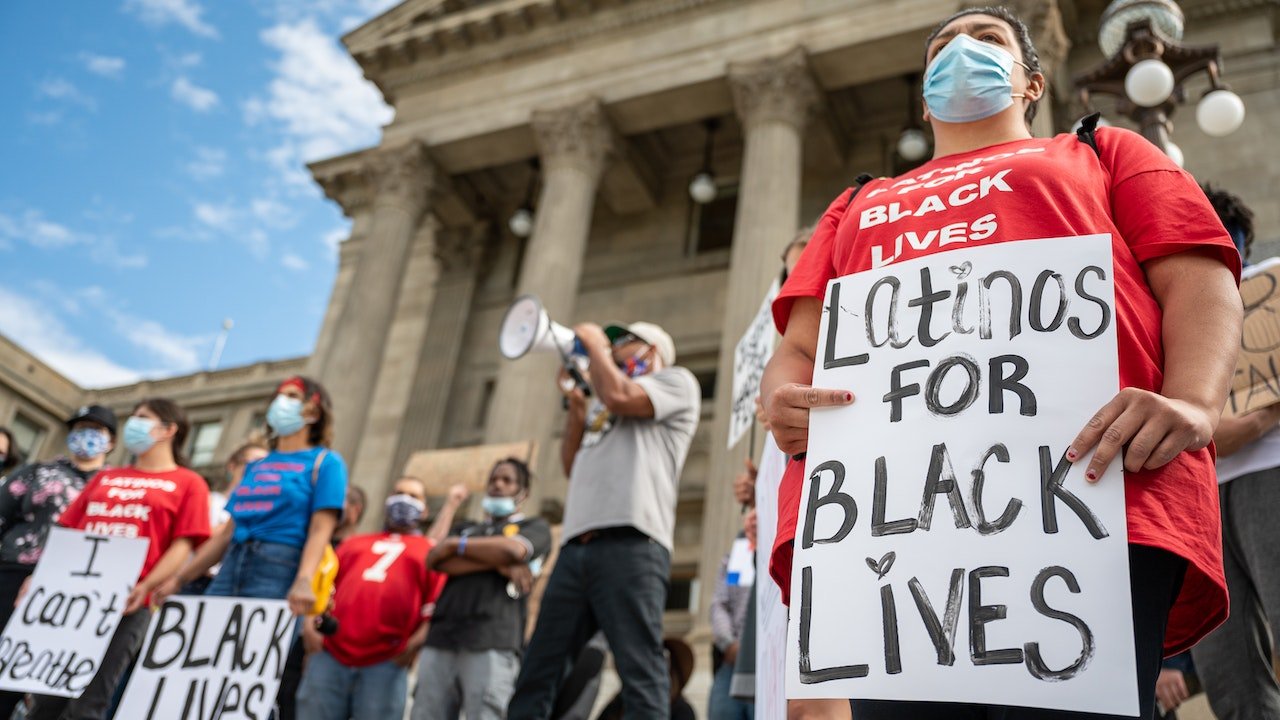How to Protecting Civil Rights in the Workplace 2023


Contents
- 1 The Significance of civil rights at Work
- 2 Recognizing Civil Rights Regulations and Laws
- 3 Promoting nondiscrimination and equal opportunity
- 4 Preventing Harassment and Discrimination at Work
- 5 Developing a Diverse and Inclusive Workforce
- 6 Making Accommodations for Disabilities at Work
- 7 Addressing Unconscious Stereotypes and Bias
- 8 Civil rights education and training
- 9 Creating Effective Mechanisms for Reporting and Investigation
- 10 Putting Effective Corrective Actions in Place
- 11 Leadership’s Function in Protecting Civil Rights
- 12 Collaboration with Outside Groups
- 13 Tracking and Evaluating Progress
- 14 Celebrating Inclusion and Diversity
- 15 Conclusion
- 16 FAQs
The Significance of civil rights at Work
The fundamental liberties and safeguards accorded to people to ensure that they are treated fairly and without discrimination are collectively referred to as civil rights. In the workplace, upholding civil rights is essential to creating a culture where each person feels appreciated, respected, and given an equal chance to succeed. Organizations may foster a culture that welcomes diversity, fosters creativity, and draws top talent by defending civil rights.
Recognizing Civil Rights Regulations and Laws
It is critical to have a thorough awareness of the laws and regulations governing civil rights in order to properly safeguard them. A framework for outlawing discrimination based on protected traits is established by laws like the Equal Pay Act, the Americans with Disabilities Act, and the Civil Rights Act of 1964. Organizations can assure compliance and reduce legal risks by becoming familiar with these regulations and frequently evaluating revisions.
Promoting nondiscrimination and equal opportunity
Every organization should place promoting equality of opportunity and non-discrimination at the center of its ideals. This involves establishing impartial recruiting procedures, the same remuneration for equal effort, and growth possibilities based on performance rather than individual preferences. Discrimination in all facets of employment should be expressly forbidden by organizations’ rules and processes.
Preventing Harassment and Discrimination at Work
The protection of civil rights depends on establishing an environment at work free from harassment and discrimination. Strong policies that define and forbid all sorts of harassment, such as sexual harassment, racial discrimination, and bullying, should be put into place by organizations. It is essential to promote an environment where staff members feel free to report problems without worrying about facing consequences and to quickly look into and resolve any concerns.
Developing a Diverse and Inclusive Workforce
Protecting civil rights in the workplace requires embracing diversity and promoting inclusion. Employers ought to make an effort to hire people who represent the various social backgrounds and viewpoints that exist in society. This can be accomplished by putting in place measures for recruiting people from diverse backgrounds, creating employee resource groups, and encouraging cultural competency training for all staff members.
Making Accommodations for Disabilities at Work
One of the most important aspects of defending civil rights is making sure that people with disabilities have equal opportunities. Employers must provide workers with disabilities with the necessary accommodations so they may execute their tasks efficiently. This could entail setting up assistive technology, changing workstations, or changing the hours of operation. Organizations can foster an inclusive workplace that acknowledges the contributions of all workers by providing accommodations for those with impairments.
Addressing Unconscious Stereotypes and Bias
The advancement of civil rights in the workplace might be hampered by prejudice and unintentional stereotyping. Employers should spend money on bias awareness training to assist staff in identifying and addressing their unconscious biases. Organizations may establish a more equitable workplace where everyone has an equal chance to thrive by promoting an inclusive culture and dispelling prejudices.
Civil rights education and training
For the purpose of promoting a climate of respect and compliance, it is crucial to educate employees on civil rights laws, regulations, and best practices. Organizations should offer thorough training courses on subjects including bystander intervention, harassment prevention, and discrimination. Organizations create a common obligation to defend civil rights in the workplace by arming employees with information.
Creating Effective Mechanisms for Reporting and Investigation
Organizations must set up transparent and private reporting channels for staff to report instances of harassment or discrimination. Employees are encouraged to voice their concerns through having access to grievance procedures, anonymous reporting avenues, and whistleblower hotlines. In order to address concerns quickly and guarantee the right steps are taken, it is equally vital to undertake thorough and unbiased investigations.
Read More: The Evolution of Civil Rights Legislation: From Past to Present 2023
Putting Effective Corrective Actions in Place
When discrimination or harassment occurs, organizations must respond quickly to address the issue. This might entail sanctions, retraining initiatives, or even the dismissal of the offending individual. Organizations send a clear message that such behavior won’t be accepted by showing zero tolerance for civil rights abuses.
Leadership’s Function in Protecting Civil Rights
Respecting civil rights at work depends heavily on leadership. Leaders may foster a culture where civil rights are cherished and safeguarded by leading by example and actively supporting diversity and inclusion programs. Additionally, leaders should provide funds to programs that promote diversity, hold people responsible for their conduct, and frequently convey the company’s commitment to civil rights.
Collaboration with Outside Groups
Collaborating with outside organizations like associations that promote diversity and advocacy groups for civil rights can be a great way to get knowledge and resources. Partnerships with these groups can improve diversity programs, keep organizations up to date on new best practices, and advance the greater societal objective of civil rights protection.
Read More: Legal Considerations for Starting a Home-Based Business 2023
Tracking and Evaluating Progress
To guarantee that efforts to preserve civil rights in the workplace are effective, regular monitoring and measuring of progress is required. Establishing key performance indicators (KPIs) for inclusion, diversity, and nondiscrimination will help organizations monitor their development over time. Organizations may pinpoint areas for development and make wise choices to advance their civil rights projects using this data-driven approach.
Celebrating Inclusion and Diversity
Strengthening the significance of protecting civil rights in the workplace through celebrations of diversity and inclusion is an effective strategy. For the purpose of showcasing the various backgrounds and skills of its personnel, organizations can put on events, recognition programs, and cultural festivities. Organizations may foster a culture where people feel appreciated and free to bring their complete selves to work by embracing diversity.
Conclusion
A basic obligation for businesses committed to establishing a fair and inclusive environment is to protecting civil rights at work. Organizations may make sure that every employee’s rights are upheld through encouraging equal opportunity, combating harassment and discrimination, and fostering an inclusive culture. These initiatives are strengthened by embracing diversity, spending on training, and working with outside organizations. Let’s cooperate to protecting civil rights and establish workplaces where everyone may prosper.
FAQs
What do workplace civil rights entail?
The legal safeguards that guarantee people are treated fairly and without discrimination based on their protected characteristics, such as race, gender, religion, or disability, are known as civil rights in the workplace.
Why is it vital to protecting civil rights?
In order to build a workplace that celebrates diversity, encourages inclusion, and offers equal opportunity for all employees, protecting civil rights must be protected. It encourages equity, creativity, and worker well-being.
How can businesses stop workplace harassment?
By putting in place strong rules, running training sessions, fostering a culture of respect, and creating efficient reporting and investigative systems, organizations may prevent workplace harassment.
What part does leadership play in protecting civil rights?
By establishing a good example, giving funds for diversity efforts, holding people accountable, and publicizing the organization’s commitment to protecting civil rights, leadership plays a crucial role in protecting civil rights.
How can businesses gauge their success in protecting civil rights?
By defining key performance indicators (KPIs) relating to diversity, inclusion, and non-discrimination and frequently monitoring and evaluating their performance against these metrics, organizations can evaluate progress in protecting civil rights.





2 Comments